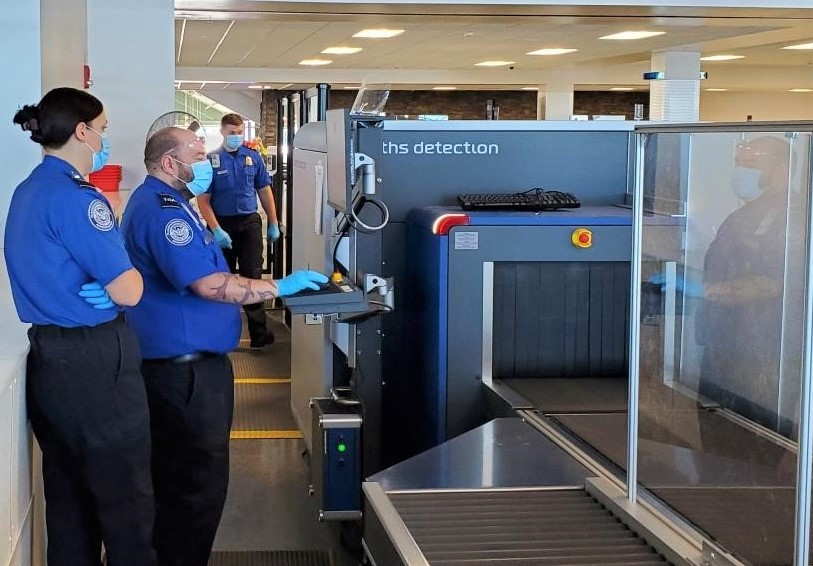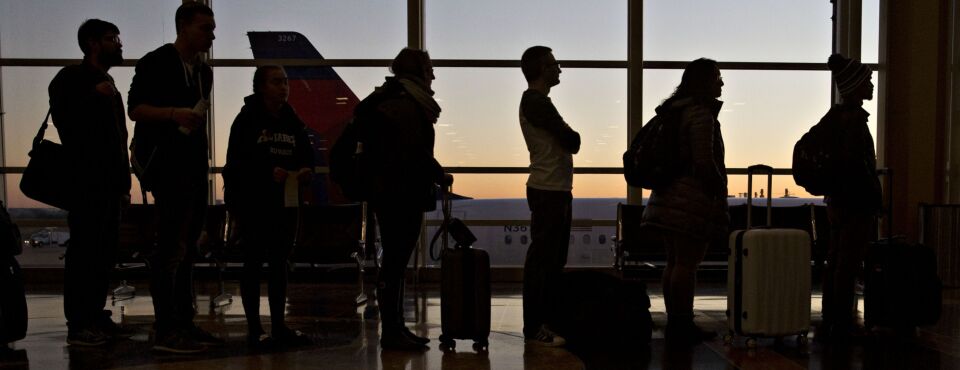TSA to Use AI to Detect Prohibited Items at Airports — Here's How
The Transportation Security Administration (TSA) is delving into the realm of artificial intelligence (AI) and machine learning algorithms to enhance the identification of explosives and other prohibited items during luggage screening. TSA Administrator David Pekoske shared this development before the House Appropriations Committee’s Homeland Security subcommittee, emphasizing the monumental task faced by officers reviewing over 6 million images on days with 3.1 million passengers.
Utilizing AI for Enhanced Detection
TSA is collaborating closely with the Department of Homeland Security's Science and Technology Directorate to enable X-ray screening machines to effectively detect explosives. Once identified, the technology will promptly alert screening officers to take necessary actions, streamlining the security process at airports.

Pekoske highlighted the use of artificial intelligence in training the technology to recognize all prohibited items, including explosives, knives, and firearms. This advanced approach aims to bolster security measures and reduce the burden on human reviewers.
AI Implementation at Border Control
Similarly, the Customs and Border Protection (CBP) agency unveiled its plans to harness AI capabilities to enhance scanning procedures at the border, particularly for detecting substances like fentanyl and other illicit drugs. While X-ray machines remain in use for scanning purposes, AI integration will expedite the screening process at border entry points, as reported by Verge.

Furthermore, CBP is actively engaged in partnerships with technology startups to develop solutions for tracing the precursor chemicals essential in the production of fentanyl. This collaborative effort underscores the agency's commitment to leveraging innovative technologies to fortify border security and combat drug trafficking.




















